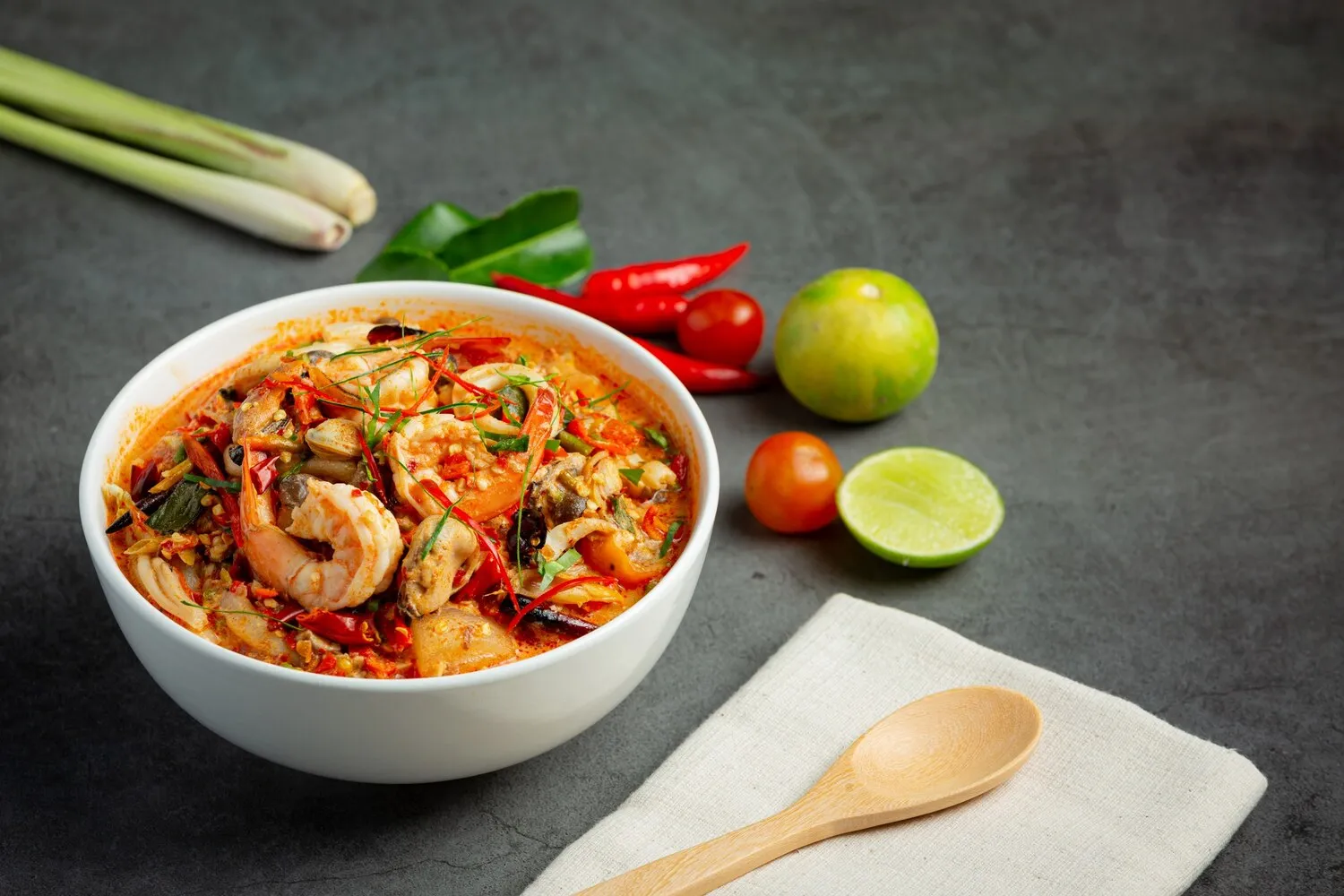
Satori Ramen Bar: Ramen
A Japanese noodle soup with broth, noodles, and toppings like pork belly, egg, and vegetables.
Nutrition Facts
* The % Daily Value (DV) tells you how much a nutrient in a serving of food contributes to a daily diet. 2,000 calories a day is used for general nutrition advice.
Ramen's origins are traced back to Chinese wheat noodles. It's believed that ramen was introduced to Japan in the late 19th or early 20th century, evolving from simple noodle dishes served in Chinese restaurants. Over time, Japanese chefs adapted the recipes and ingredients, creating distinct regional variations and styles that define ramen today.
Ramen is more than just a meal in Japan; it's a cultural phenomenon. It represents a quick, affordable, and satisfying meal, enjoyed by people from all walks of life. Ramen shops (ramen-ya) are ubiquitous and often specialize in specific regional styles.
Ramen Culture
Ramen shops are often small, bustling environments where diners slurp their noodles quickly. Slurping is not considered rude, but rather a way to enhance the flavor and show appreciation for the dish. Many ramen shops have unique customs, like allowing customers to customize their broth richness, noodle firmness, and spice level.
Regional Variations
Japan boasts countless regional ramen styles, each with its own unique broth, noodles, and toppings. Examples include Hakata ramen (tonkotsu broth, thin noodles), Sapporo ramen (miso broth, corn, butter), and Tokyo ramen (shoyu broth, wavy noodles).
Ramen as a Symbol
Ramen has become a symbol of Japanese cuisine and culture, recognized and enjoyed worldwide. Instant ramen has further popularized the dish, making it accessible to a global audience. The art of making and enjoying authentic ramen continues to evolve and thrive.
Ramen is a complex dish showcasing umami, savory, and often salty flavors, balanced by rich broth, springy noodles, and a variety of toppings. The specific flavors vary drastically depending on the broth base and toppings.
The flavor profile is determined by several key elements: Broth (dashi) forms the base and can be pork-based (tonkotsu), chicken-based (shoyu/shio), or vegetable-based (vegetarian ramen). Tare (flavor base) adds depth and character, often utilizing soy sauce, miso, or salt. Noodles contribute texture and subtly affect the overall flavor. Toppings like chashu (braised pork belly), marinated soft-boiled egg (ajitsuke tamago), seaweed (nori), scallions, and pickled vegetables provide layers of contrasting textures and tastes.
Slurping Etiquette
Don't be afraid to slurp! Slurping introduces air, enhancing the aroma and flavor of the noodles. It also helps to cool the noodles down.
Broth Appreciation
Take time to savor the broth. The broth is the heart of ramen, so appreciate its depth and complexity. Don't be afraid to drink it all!
Noodle Texture
Noodle texture is crucial. Some prefer firm noodles, while others prefer softer ones. Experiment to find your preferred texture. In some ramen-ya, you can choose your preferred noodle texture when you order.
Add-ins and Customization
Many ramen shops offer add-ins like extra toppings or spice levels. Don't be afraid to customize your bowl to your liking. Experiment with different flavor combinations to find your perfect bowl.
Explore additional Soup dishes and restaurants
Explore SoupDiscover top dining spots and culinary experiences in Dublin.
Explore DublinLearn more about the food culture, restaurant scene, and culinary heritage of United States.
Explore United States